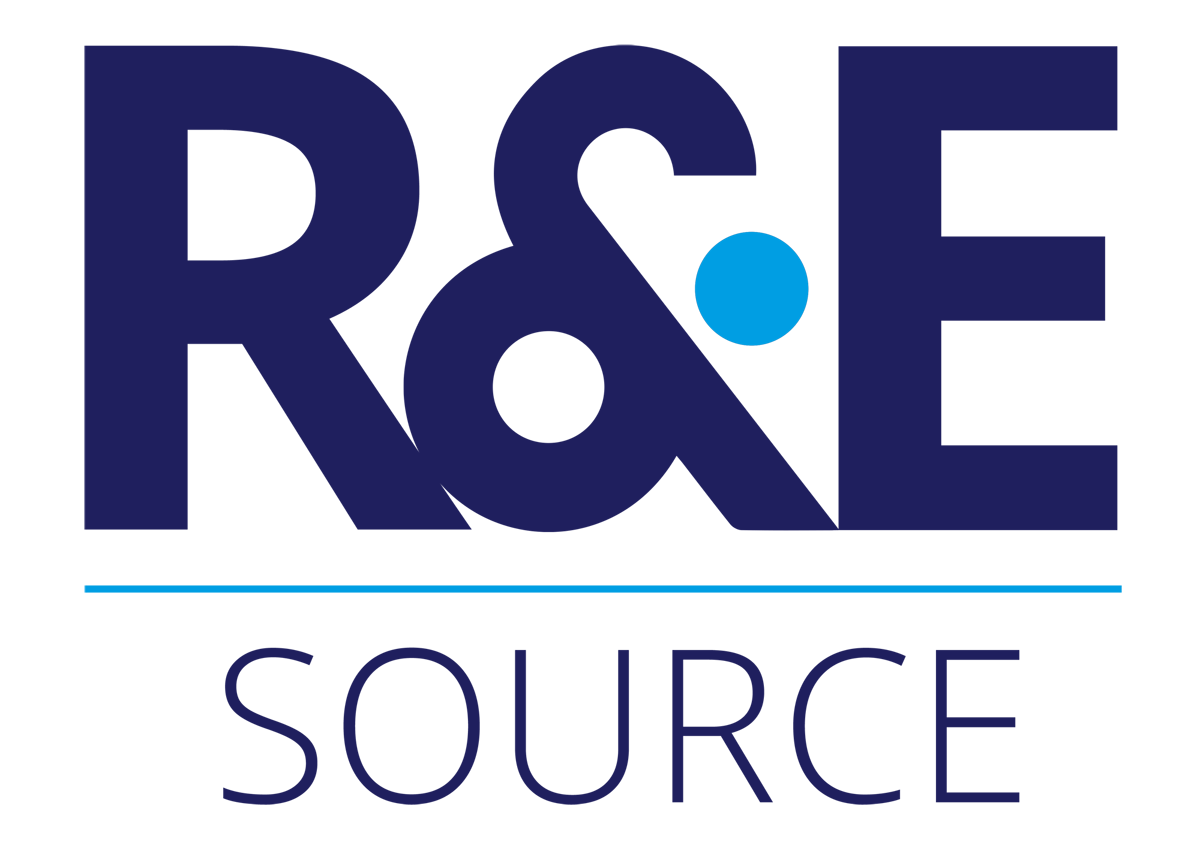Abstract
An ambition for the Technology and Engineering Pedagogy is to teach skills, which are really needed in specific jobs. But as in all educational programs, the theoretical content is huge and often has to be preferred instead of practical experiences. Several studies show that the inverted classroom model (ICM) can link theory with praxis. Educators offer in this innovative concept learning videos combined with quizzes or lecture notes to their students and make sure that they attend prepared to class. As a result the in-class time changes: A diversity of teaching methods can be used to instruct the students in so called “real-world“ skills such as problem-solving, working in teams, interacting with experts, planning, designing, programming, analyzing, testing and of course organizing projects with real clients. The results of the studies show that the students perform better and prefer this way of teaching. ICM also holds positive effects for educators: the diversity of teaching methods keeps their interest in the topic high even if repeating it semester after semester and various methods enforce the cooperation between educator and class.
Dieses Werk steht unter der Lizenz Creative Commons Namensnennung - Nicht-kommerziell - Keine Bearbeitungen 4.0 International.
Copyright (c) 2015 Josef Buchner
